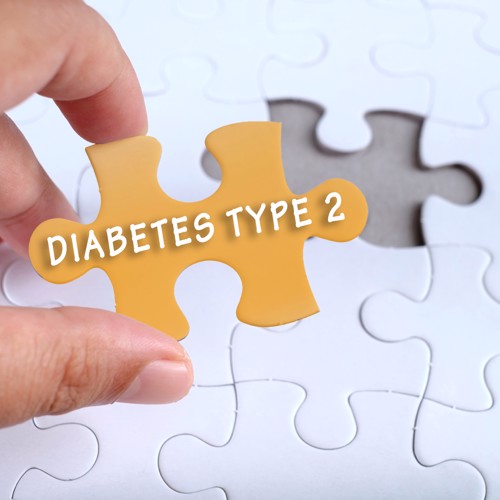Rescue therapy in T2 diabetes - Clara's story
NO
PHARMACEUTICAL INFLUENCE
Rescue therapy in T2 diabetes - Clara's story

Clara was 84yrs old and lived in the residential home that was within walking distance of the surgery. Most days there would be one or two visits in the home, that was largely filled with our patients. It was almost always easier to walk across the road and see them rather than attempt to triage. As a result, the number of “just not right today” presentations was high, and the number of “while you’re here, can you have a quick look at….” was even higher. In retrospect, it’s how I missed Clara.
Clara had some mild cognitive impairment; it seemed to be progressing. She was less active, generally becoming more frail. She was tired, off her food, some intermittent abdominal pain. No evidence of infection. Nothing to find examining her. After the first “just not right” visit to see her, with no red flags, I opted for watching and waiting. As I had other visits and days off, in my absence she was seen by a range of colleagues – the picture was largely the same. I have no doubt we were all thinking that whatever was going on, it was probably a part of normal ageing and would just need supportive treatment.
An embarrassing number of months after that first visit, when I was once again asked to see her, it finally dawned on me that none of us had done any up-to-date bloods. Expecting them to show a bit of worsening chronic kidney disease, maybe a low sodium and not much else, I nearly fell off my chair when the lab rang. “HbA1C 122” – oh sh**.”
Suddenly all the symptoms made sense, and poor Clara had been getting more and more symptomatic from her hyperglycaemia and new diagnosis of type 2 diabetes. Straight onto gliclazide, and her HBA1c dramatically reduced over the next few weeks, allowing us to swop her to metformin. I remain mortified that I nearly missed the diagnosis, and that I was hugely lucky she recovered quickly with no complications.
Most diabetes guidelines refer to this as “rescue therapy”, that should be used when there is symptomatic hyperglycaemia. The assumption has always been that once you bring levels down to a more reasonable level, these patients should then be managed like any other. Is there evidence this cohort does better for having more aggressive therapy beyond the initial phase?
A new study published in October’s BMJ looked at a simplified strategy for managing patients with a new diagnosis of T2DM and severe hyperglycaemia, irrespective of symptoms. 412 patients with Hba1c over 69mmol/mol were given up to three weeks of treatment with an insulin pump, with doses being titrated to achieve “normalised” blood glucose levels (less than 50mmol/mol) before being converted to either monotherapy with metformin, monotherapy with a DPP-4, dual therapy with both or lifestyle advice only with no medication.
All groups showed a dramatic reduction in their Hba1C during the initial insulin pump use. After 48 weeks, the percentage of each treatment arm who maintained a HBA1c below 53mmol/mol was measured.
80% of patients who moved from the insulin pump to dual therapy with metformin and a DPP-4 achieved this target HbA1c. This fell to 73% in the metformin monotherapy group, 72% in the DPP-4 monotherapy group, and 60% in the lifestyle only group. This study shows that a more intensive but simplified strategy leads to not just better short-term control, but that the benefit is maintained as long term glycaemic control. It also shows the presence or absence of symptoms shouldn’t be the deciding factor in when to manage aggressively.
This approach mirrors the messaging in the new NICE T2DM guidance, encouraging us to consider moving more quickly to dual therapy with diabetes with metformin and most commonly an SGLT-2i with proven cardiovascular benefit. This is recommended for any patient with a QRisk2 of >10% or elevated lifetime risk. Those patients with known heart failure or established CVD should also have an SGLT2-i added in. Our updated NB Medical Diabetes course includes managing rescue therapy for newly diagnosed type 2 diabetes like Clara, as well as helping you get to grips with the changes in guidance and the range of new medications now available for us to improve the treatment of our diabetic patients. Join Sarah and Su on Saturday 30th November to find out more
Dr Zoe Norris
19th November 2024
Join us at one of our upcoming courses or live webinars

Recent NB Blogs
Need an immediate update? – all our courses are available on demand
Did you find this useful?
You can quickly add CPD to your account by writing a reflective note about the Rescue therapy in T2 diabetes - Clara's story post you've read.
Log in to your NB Dashboard and use the 'Add Reflective Note' button at the bottom of a blog entry to add your note.

